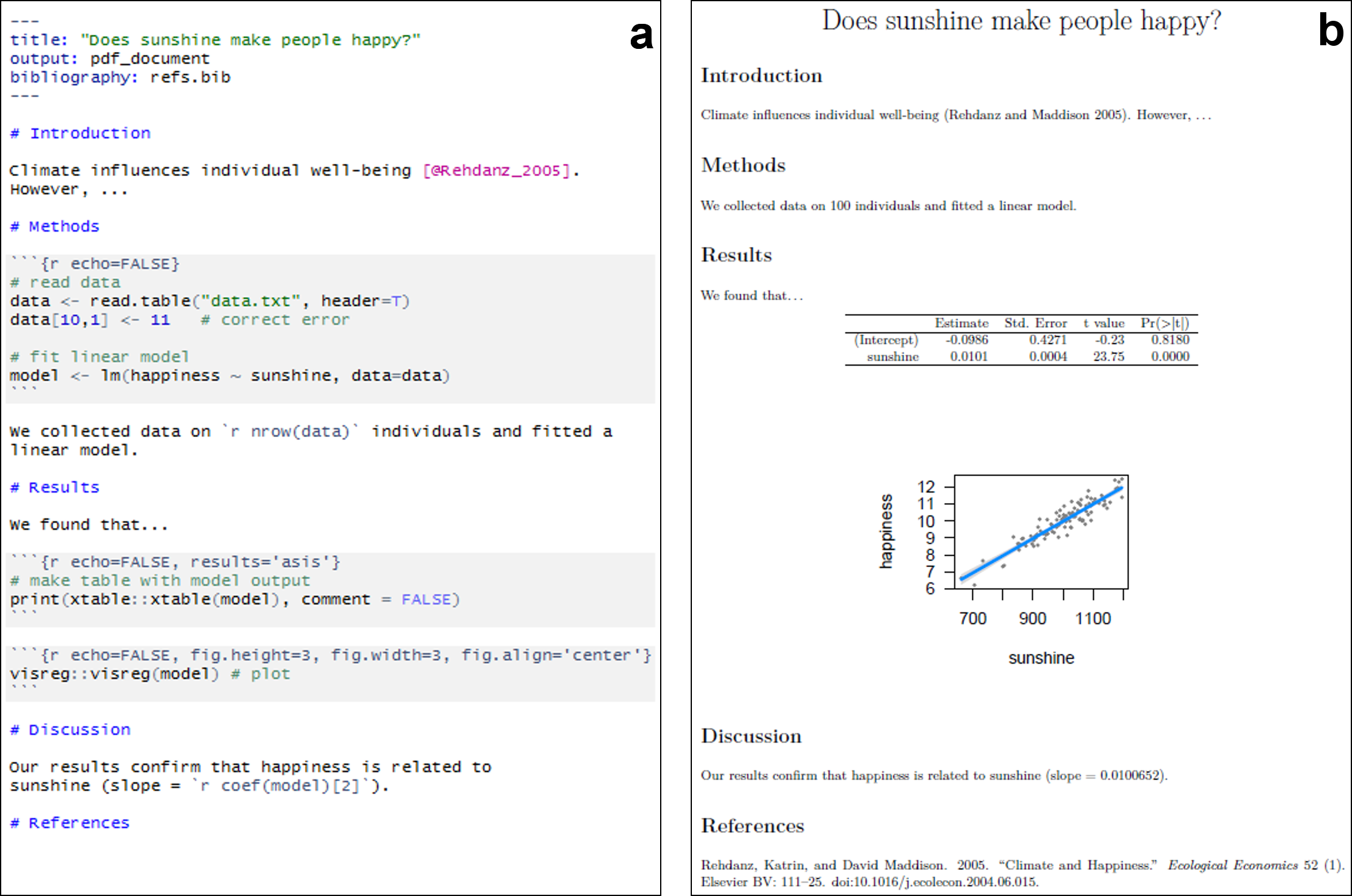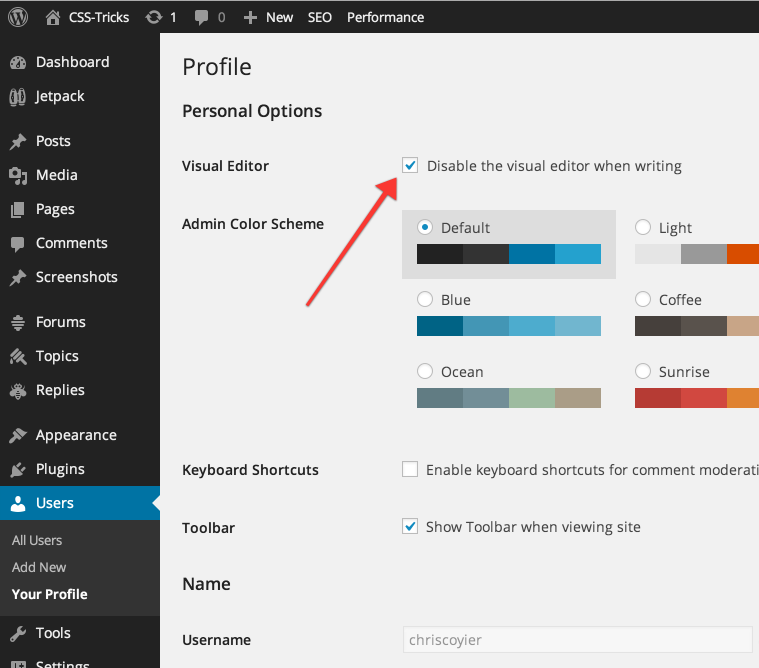

4.2 Local MathJaxĪlternatively, you can download the whole MathJax:Īnd specify the local installation with the following command line: This works unless we have no Internet access, for example because we show our presentation in another institute, where our laptop cannot connect to the Internet, because then we are screwed. Pandoc -s -S -t revealjs -mathjax="" -o test.html test.md If we open it directly in a browser, it uses “file://cdn.mathjax…” which is obviously not on our file system. If we opened it from a server, using http or https, this would have worked. This assumes the context of how we opened the file. The reason is that pandoc puts the URL to MathJax in the form ‘src=”//cdn.mathjax…”‘. It would work, though, if we put the file on a server. However, if you run the above command line, you will notice that on “Slide 2”, the maths doesn’t work, despite using the ‘–mathjax’ option. This is why on the previous command line I used the option -mathjax. I have tried many options with pandoc, and found that only MathJax works properly and without a major hassle. The maths is written in a LaTeX-like notation, and there are many ways to turn it into an elegant mathematical equation on the final presentation. Pandoc -s -S -t revealjs -mathjax -o test.html test.md Note that this is not the final command line in the following points I will discuss the problems which will influence the final version. Use pandoc to create the reveal.js presentation. Pressing “Esc” in a presentation shows the slide overview:Īnyway, download reveal.js and unpack it in the same directory as test.md. And it has the “2D” layout, meaning that sections (level one headers) are arranged horizontally, while slides within one section are arranged vertically. It was easy to work with and adapt to my needs, it had elegant default themes, it has a low footprint and shortcuts.


With that, knitr’s job is finished, we will not need it anymore. I use knitr only to create a markdown file. In the following, I assume it has been saved under “test.Rmd”. There were several bumps and problems, and I will give now a step – by – step guide. I made my first presentation with knitr / Rmarkdown for the tmod package.Īfter trying various options in knitr, I decided on an approach in which the Rmarkdown document is oblivious of the presentation system and the job of turning it into a presentation is taken up by pandoc. Way too many, and none of them is perfect. There are many ways to turn a markdown or Rmarkdown document into a presentation. Res <- render(fn2, output_format="html_document", envir=globalenv()) Here is a wrapper function which also opens by default the resulting document in google-chrome:įb <- gsub("\\.rmd$", "", fn, ignore.case=TRUE) But beware! Markdown by default evaluates in its parent environment, so to make sure it is evaluated in the global environment, you need to set an option. Of course, this is annoying, and we can wrap this two commands with a function. First time it will take hours, but then the cache will be separate from your original document:įile.copy("test.rmd", "test_html.rmd", overwrite=TRUE) We create a copy of the document and render it.

I found no clean solution to this problem, but here is an ugly hack. If your rmarkdown takes hours to generate, and you want to be able to generate different document output types on the fly, using the output_format option from rmarkdown::render is extremely annoying: every time you change the output format, the cache is reset, so you need to wait hours to get the other format.


 0 kommentar(er)
0 kommentar(er)
